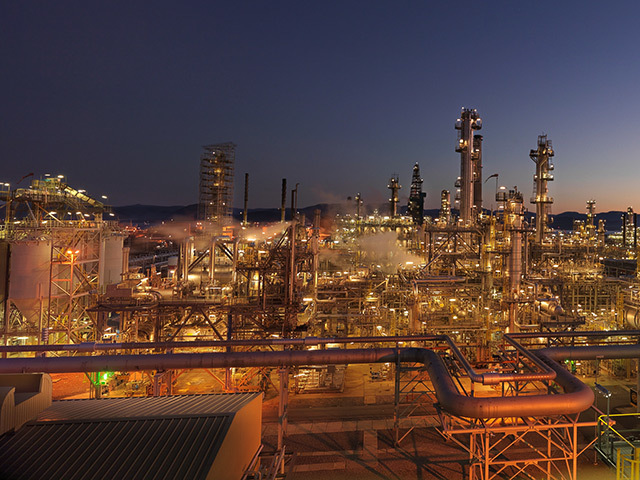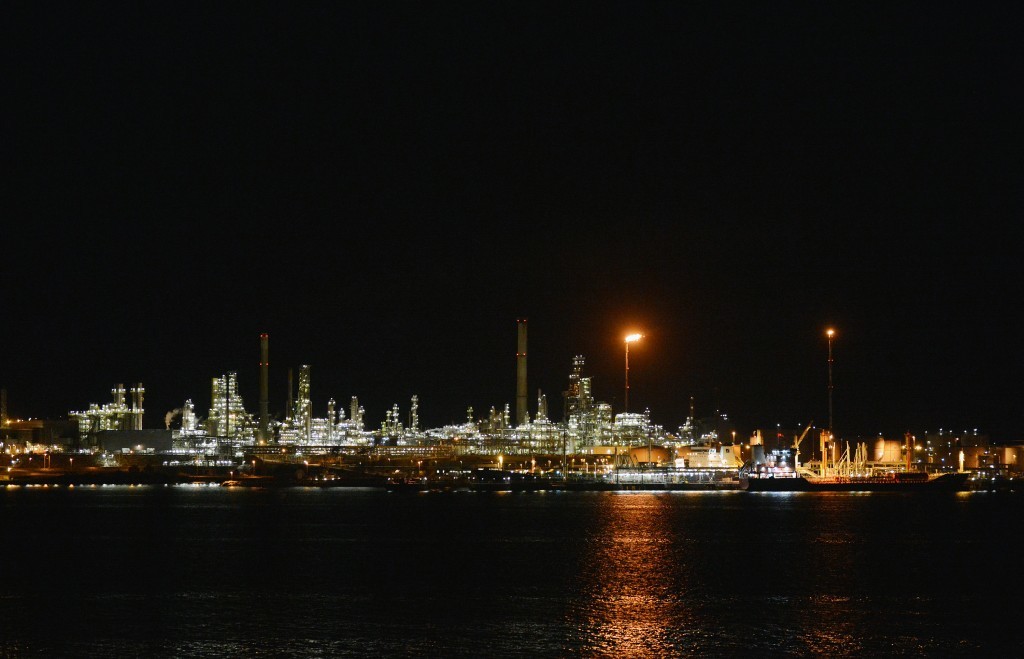
An investigation into a fire at an Equinor-operated oil refinery has shed light on a number of regulatory “nonconformities” at the site.
During its inquiry, the Petroleum Safety Authority Norway (PSA) found deficiencies in the design and maintenance of the Mongstad refinery, as well as in the work process for surface treatment.
It also flagged shortcomings in risk analysis, that could have contributed to the blaze at the Norwegian facility, around 30 miles north of Bergen, in 2022.
Equinor (OSLO: EQNR) has been given until the end of the month to explain how it plans to address the non-conformities, and respond to the improvement points listed by the PSA.
According to the safety watchdog, the fire at Mongstad occurred at 5.43am on July 3 because of a “leak in a thermowell flange on a pipe carrying a mix of naphtha and hydrogen”.
Measuring in a temperature of 520°C, the blend then “auto-ignited on contact with the air”.
The PSA says a “jet fire probably occurred at the auto-ignition site”, while smaller fires with less flame broke out at several points along the pipe.
The leak rate is estimated to have been 0.55 kilograms per second.
Footage of the blaze, as well as observations by crew in the area, show that the flames may initially have been over 10 metres high.
Emergency response personnel were quick on the scene, and opted for a “controlled burning-off of the gas from the leak in the reactor column”.
At the same time, surrounding areas were cooled down with “large quantities” of water in order to “maintain structural integrity and thereby prevent escalation of the incident”.
The fire was reported to have been extinguished at 11.25.
Nobody was injured as a result of the blaze, but it did lead to a shutdown of several process plants for almost three weeks, resulting in a “substantial loss of production”.
Fortunately, the PSA says the fire broke out in an area “where people are not normally present”.
Had it happened when someone was in the area, they could have been “exposed in the worst case to fatally high heat radiation”, the safety body said.
Moreover, “ignition of the medium in overlying pipe tracks could have caused an escalation of the fire, with large-scale local destruction of material assets”.
The report added: “Had the fire been extinguished earlier in its progression, before the column had been pressure-relieved, an uncontrolled gas cloud might have formed and possibly suffered delayed ignition. Not extinguishing the fire was a conscious action to avoid that scenario.”
Addressing the direct causes of the blaze, the PSA highlighted a “leak of auto-ignitable hydrogen-rich naphtha, probably because of a loss of tensioning in the bolts on the thermowell flange.”
Several underlying causes, including the quality of planning for the job package and the high pressure of work, have also been pinpointed.
A raft of improvement points have been raised by the PSA, including improvements to the notification and reporting of hazards and accidents.
An Equinor spokesperson said: “The fire was a serious incident and we are very glad that no one was injured. A fire at our facilities is something we do our outmost to prevent and avoid. The cause of the fire was a leak in a flense to an isolated area, due to an error made in 2019. The area had recently been inspected. We have made learnings and implemented mitigating actions and routines to prevent such incidents from taking place in the future. On an overall level, we work continuously to improve the safety on our plants, both through working safely and through maintenance.”
Recommended for you



